Agriculture
http://water.epa.gov/polwaste/nps/czara/ch2-2e.cfm
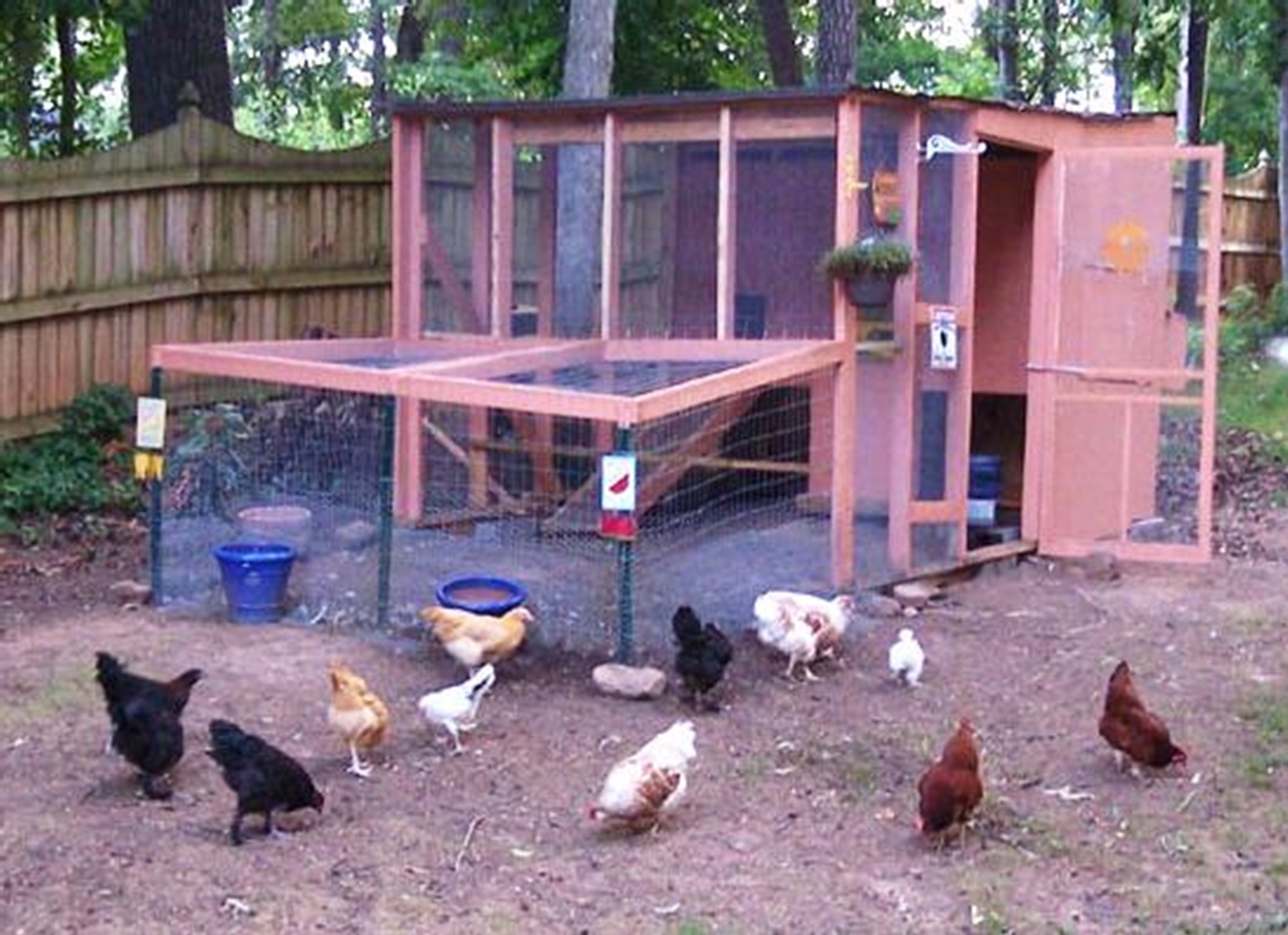
Although not commercial in nature, small hobby farms, horse stables, home gardens and similar small-scale activities also generate agricultural NPS pollutants.
Agriculture and NPS Pollution
There are approximately 7,750 farms in Massachusetts, comprising over 520,000 acres of agricultural land. Over 95 percent of Massachusetts farms are classified by the U.S. Department of Agriculture (USDA) a "small farms" with sales below $250,000.
Agriculture includes activities that occur on land and water that focus on the production of crops and livestock, as well the storage, management, and use of materials such animal feed, fertilizer, pesticides, and waste products. This broad category includes cranberry bogs, cornfields, orchards, vegetable growing, confined animal operations, and shellfish beds. Many of the day-to-day activities associated with agriculture manage NPS pollution with voluntary BMPs, tailored to the unique aspects of a given operation. Some NPS pollution from agriculture comes from the unintentional misuse of regulated chemicals or inappropriate application of fertilizers or other inputs. Animal husbandry practices, particularly collection and management of manure and the management of barnyard runoff, also influence NPS. Possible pathways for NPS pollution to enter surface and groundwater from agriculture include:

- Cropland: The two major sources of potential surface and groundwater contamination from agricultural cropland are nutrient and pesticide/herbicide runoff. Nutrient contamination may result from the over application of inorganic (commercial fertilizers) and organic (manure) fertilizers. These fertilizers may contain highly water-soluble nitrogen compounds that have the potential to leach to groundwater. Less water-soluble nitrogen compounds are subject to surface runoff into water bodies. Pesticide and herbicide contamination may result from products that are used to control insects and undesirable plants. If not properly applied, excess chemicals can be carried into surface and groundwater from rain or irrigation. Runoff from water used to rinse pesticide/herbicide spraying equipment is often drained in a small land area that may lead to groundwater contamination. Lastly, cropland is subject to sheet, rill, and gully erosion when surface runoff is not properly managed, resulting in sediment deposition and loading of associated pollutants to adjacent waterbodies. Conservation tillage practices and cover crops can greatly reduce this NPS pollution threat.
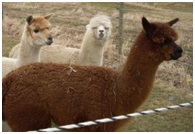
- Barnyards/Animal Feeding Operations: Runoff of animal wastes may result in the direct runoff of nutrients and bacteria into surface waters. Manure piles and holding areas in close proximity to surface waters, or that drain into conduits to surface water bodies, pose a particularly large threat. These threats are magnified for manure storage lagoons that hold large amounts of animal wastes. Significant groundwater impacts from animal holding or animal waste storage areas are also possible in areas where the water table is high or where infiltration rates are high. Lastly, animal watering and feeding areas can become denuded of vegetation due to high traffic and can become sources of soil erosion.
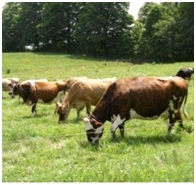
- Production: Another potential NPS pollution source is wash and processing water. Milk room wash water and crop cleaning and processing wash water have the potential for contaminating surface or groundwater when not properly treated or managed.
- Grazing: Pollution of surface and groundwater may occur from overgrazing, grazing near waterways, removal of riparian vegetation, overstocking of pastureland resulting in the loss of cover, and the direct discharge of animal manures to waterways and water bodies. Animals allowed in or near streams will directly contaminate water, and will cause watershed instability when hoofs destroy riparian vegetation that would otherwise stabilize banks and channels. Groundwater contamination may also occur in a similar manner to those described for organic manure loading (see above discussion of "Cropland".
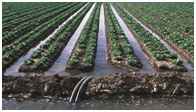
- Irrigation/Drainage: Cropland that receives additional water through alterations to drainage or application via pumps and other appurtenances is more vulnerable to erosion and runoff of chemicals and nutrients. Excess water that cannot be used by plants or absorbed into soil can carry NPS pollutants to surface waters. Sub-surface drainage, such as field tiles, can enhance the transport of NPS pollutants to both surface and groundwater.

- Specialty Crops: Cranberries are an example of a specialty crop that may have direct impacts on surface waters. Large amounts of water are required used for cranberry crop irrigation, frost protection, and harvesting. The water used in cranberry bogs is typically obtained from surface waters in close proximity to the bogs. This water is normally drawn from the surface water body, used and retained as required, and returned to the water body. Excessive or improper application of fertilizers and pesticides, as well as accidents and vandalism, may result in direct introduction of pesticides and fertilizer to adjacent surface waters. Aerial application of pesticides to cranberry bogs can result in pesticide drift to adjacent water bodies.
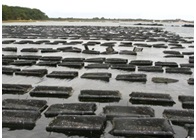
- Aquaculture: Aquaculture refers to the breeding, rearing, and harvesting of plants and animals in all types of water environments, including ponds, rivers, lakes, and the ocean. It produces food fish, sport fish, baitfish, ornamental fish, crustaceans, mollusks, algae, sea vegetables, and fish eggs. Aquaculture includes the production of seafood from hatchery fish and shellfish that are grown to market size in ponds, tanks, cages, or raceways. This category also includes the growing of aquatic plants used in food, pharmaceutical, nutritional, and biotechnology products. These operations have the potential to cause NPS pollution from nutrients (typically from excess food/nutrient supplements that break down in water), chemicals (e.g., anti-fouling agents/biocides), and waste products from biota.
Through the cooperative efforts of farmers with a variety of state and federal programs, considerable progress has been made in applying farming practices that reduce or minimize NPS pollution from agricultural activities. However, if improperly managed, these activities have the potential to be a significant source of pollutants to Massachusetts water bodies. In Massachusetts, municipal officials typically work cooperatively with farmers through local conservation districts and state/federal programs, although some limited regulatory jurisdiction exists through the local Conservation Commission and Board of Health.
Best Management Practices (BMPs) for Agriculture
CORE4 Practices: To assist farmers in addressing environmental issues while also promoting sustainable and profitable farming, the United States Department of Agriculture - Natural Resources Conservation Service (NRCS) and other stakeholders have developed an integrated farm management approach known as the CORE4 approach. CORE4 focuses on four fundamental components – conservation tillage, crop nutrient management, integrated pest management, and conservation buffers. For information on these practices, click the fact sheet links below. Additional information on the CORE4 approach can be found in the CORE4 Conservation Practices Training Guide (NRCS, 1999):
http://www.nrcs.usda.gov/Internet/FSE_DOCUMENTS/nrcs143_025540.pdf
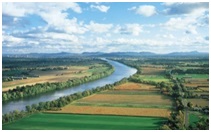 Additional Agricultural BMP Information:
Additional Agricultural BMP Information: Click the fact sheet links below for information on agricultural nutrient management and fertilizer BMPs developed by the Center for Agriculture, Food and the Environment at the University of Massachusetts-Amherst. Links to MassDEP fact sheets on home composting, green landscaping, and horsekeeping are also provided below.